Manganese black. Yellow ocher. Vermilion. Ultramarine. These pigments sound delicious. Their names are so sharp and elegant, it’s as if the terms emote more meaning than just color. We can smell logwood, taste cochineal, touch mummy brown. There is just something (quite scientifically) alluring about a perfectly saturated glob of paint or an electric mound of powdered hues, especially when its name is so tantalizing.
The uniqueness of the names undoubtedly prompts those amongst us, who obsess over the various pink, purples, and blues, to wonder where the terms come from. We learn the origin stories of famous paintings in art history course after art history course, but it’s rare to read about the birth of Madder red or mauve. How did the colors in Vincent van Gogh’s “Irises” or J.M.W. Turner’s “Modern Rome” come to be?
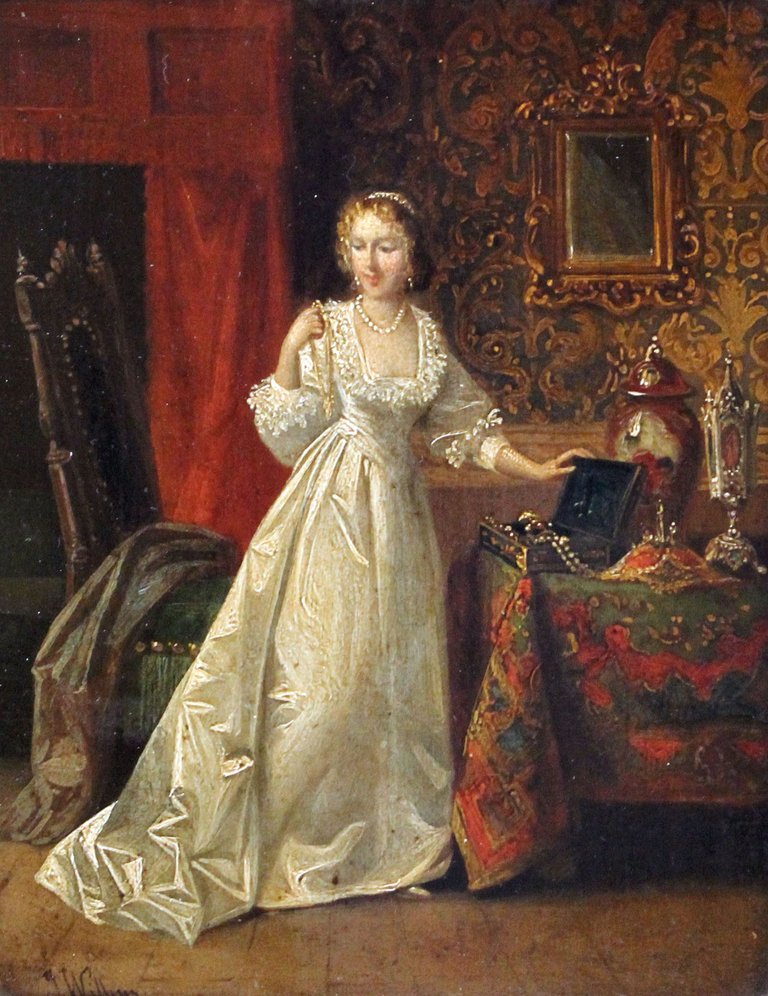
Enter The Brilliant History of Color in Art, courtesy of the J. Paul Getty Museum and author Victoria Finlay. The time outlines the backstories behind nearly every obscure shade of the rainbow, explaining how artists from cavemen to David Hockney have involved colors in their processes. The book is available here, but we’ve got a preview of the publication below. Behold, the real (abbreviated) histories of 10 famous colors in art.
Lead White
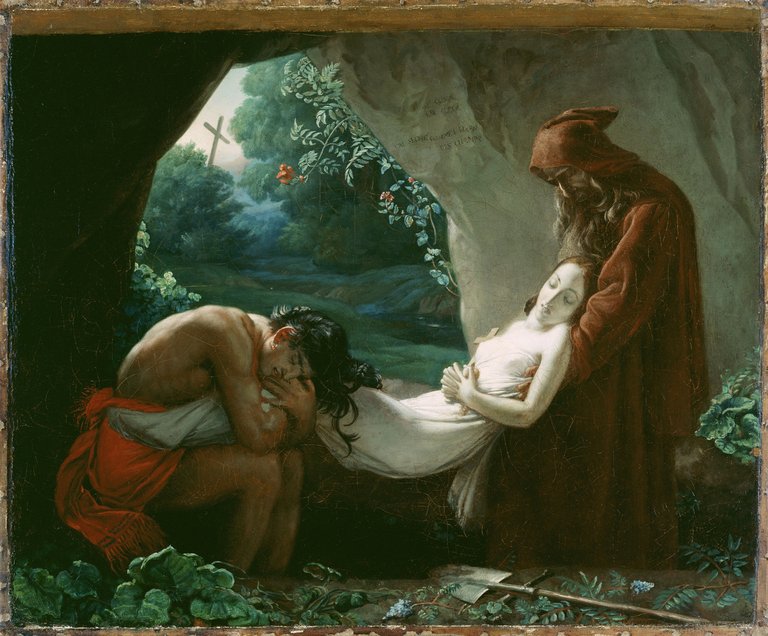
Finlay uses the story of 18th century London “It Girl” Maria Gunning to illuminate the mysteries of lead white. Gunning was famous for her makeup, consisting of a cream made from lead white that gave a woman a “waiflike” appearance. It was extremely toxic and eventually led to intense mental and physical ailments followed by Gunning’s actual death. The process of making lead white is equally disturbing: workers would stack pots containing vinegar and lead one on top of the other, heaping manure over the tops for months. This method would transform lead acetate into basic lead carbonate, and, over time, create flakes of lead white. The color can be seen in many Dutch portraits from the 17th century — a pigment that gave faces a sense of light and ethereal glow. (After Ann-Louis Girodet de Roucy-Trioson
Chrome Yellow
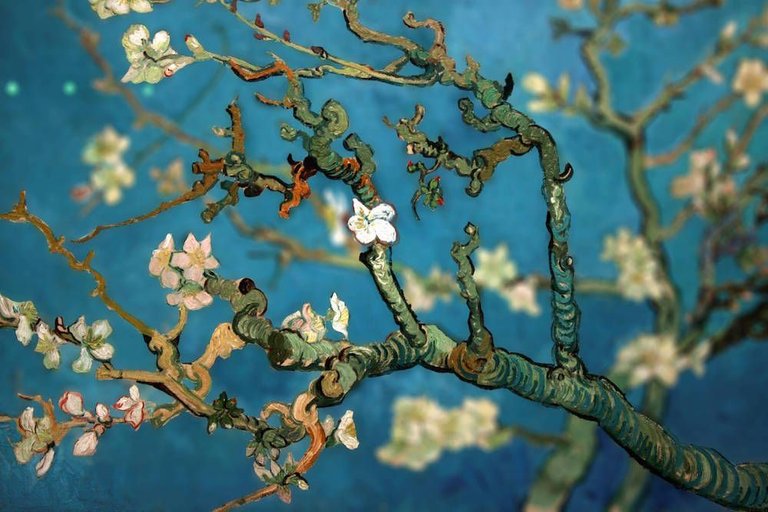
Chrome colors, created when chromium interacts with acid and alkali, were used in the 20th century to adorn school buses and road signs. Like urban planners and transportation administrators, Vincent Van Gogh was a fan of chrome colors too. And he used the acid-inducing yellow paint and alkali-inducing oranges to contrast his epic “Irises.” Fun, albeit horrifying, fact: During one of Van Gogh’s psychotic episodes, he was found to have a tube of chrome yellow paint in his mouth. (Chrome yellow is full of lead and, as Finlay points out, could not have helped his mental health state.)
Patent Blue
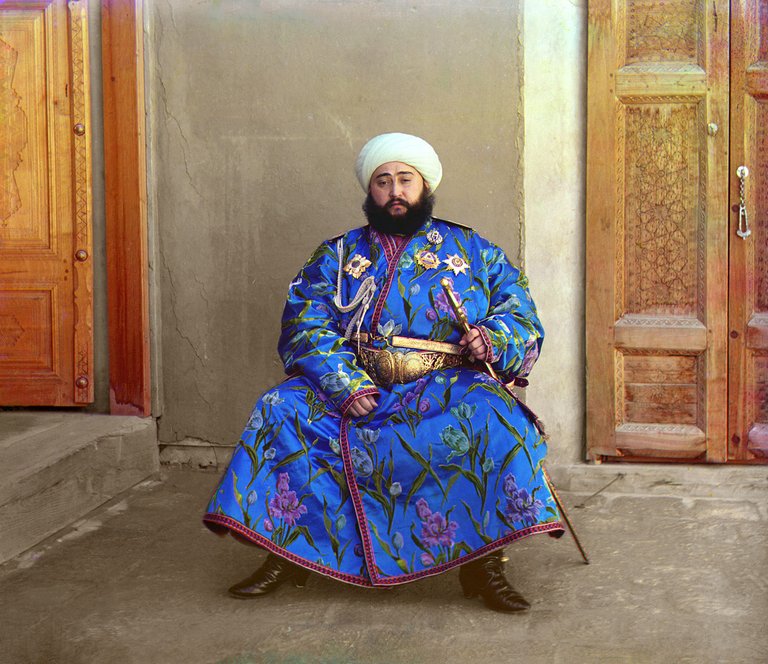
French Lumiere brothers Auguste and Louis are to blame for patent blue. Using potato starch granules, they created some of the first color filters used in Autochrome cameras in the late 19th century. They needed to be extremely saturated so they wouldn’t fade during exposure, and the results were patent blue (used in Blue Curacao), tartrazine (yellow) and rose bengal (pink).
Tyrian Purple

When the Romans conquered the Greeks, they imported tons of pigments and dyes to Rome. Their favorite? A hue made from macerated enzymes of small shellfish — purpura — that became a high fashion and art staple. For a time, this version of purple was reserved only for Roman rulers and the upper class. Fun fact: the making of purpura involved a hideously fishy smell so foul the vats used to prepare the pigments were housed outside the city walls. Tyrion comes from the Roman city of Tyre, located in today’s Lebanon.
Cinnabar, Vermilion, and Minium
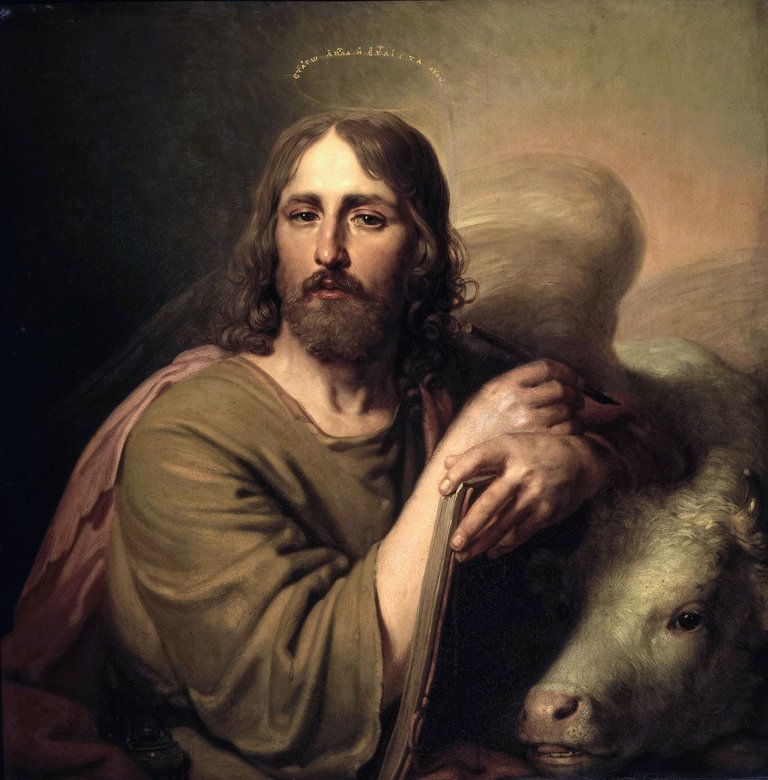
Cinnabar is a “bright, shiny, orangey-red mineral” extracted from a mercury mine in central Spain that, when made synthetically, amounted to Vermilion, also called “dragon’s blood.” The ancient Chinese and Romans were drawn to the color, along with minium, an even more vivid orange color that can be seen in the painting of Saint Luke above. Fun fact: Indian and Mughal paintings involving this orange were called “miniatures” not because they were small, but because of the minium! (Saint Luke, from a gospel book, Ethiopian, about 1504–5. Tempera on parchment.
Rose
This particular rose color has origins that date back to the Saxons, and a time period marked by Europe’s desire to copy the “white gold” porcelain of China that was so expensive to buy and transport across nations. “Meissenware” eventually saved the day, imitating Chinese porcelain so effectively it became a favorite of King Louis XV’s mistress, Madame de Pompadour. She especially liked a rich bright pink introduced in 1757 that later became known as “rose Pompadour” or “Pompadour pink.” It was produced by mixing gold, glass and nitrohydrochloric acid. (Ewer, French (Sèvres Manufactory), 1757. Soft-paste porcelain, pink ground color, polychrome enamel decoration, and gilding.
Madder Red
![disko].jpg](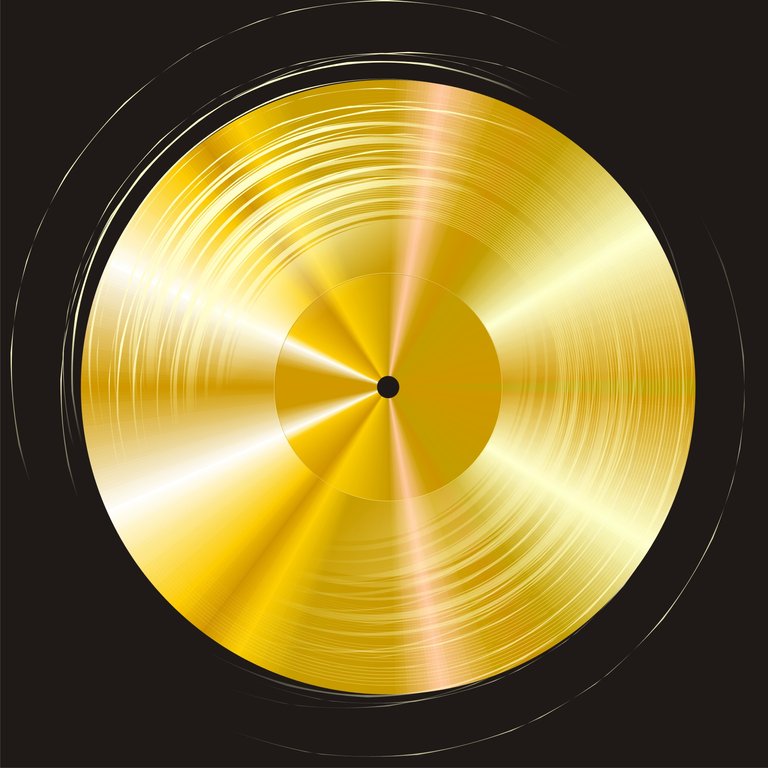 )
)
Madder red can be seen in early Jehan Gobelin tapestries made for King Louis XIV in the 17th century. This red (and some hot pinks and oranges) were made from a blend of cochineal and a Middle Eastern pink shrub root called “madder.” One of the keys to translating this blend into pigment was adding stale ox blood or cow manure to steeping threads. Fun fact: in the 19th century, the Royal Tapestry Factory in Paris thought the madder red tapestries were fading, but the illusion of color loss was simply a result of artists not understanding the color wheel. The tapestry makers of yesteryear were not matching complimentary colors and thus the patterns seemed dull when they lost their novelty. (Color wheel, plate 3 from Des couleurs et de leurs applications aux arts industriels á l’aide des cercles chromatiques, by Michel Eugène Chevreul (French, 1786–1889) and René Digeon, 1864. Los Angeles, Getty Research Insitute. GRI 90-B8575).
Indian Yellow
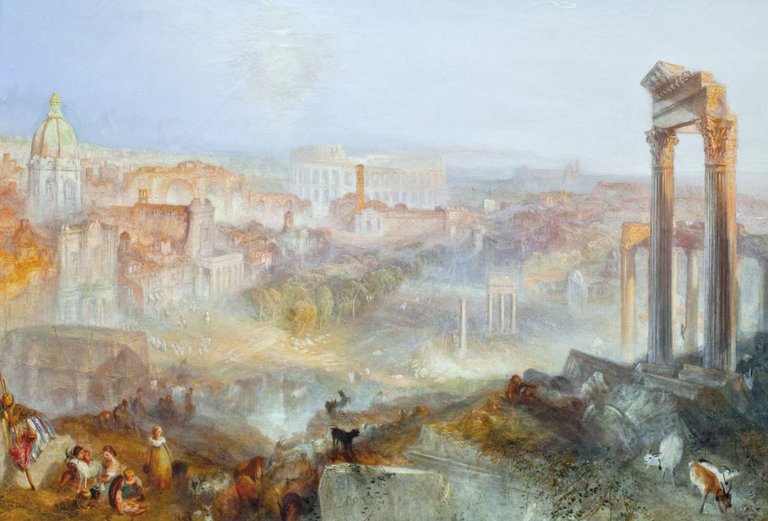
Joseph Mallord William Turner was a proponent of “pan paints,” which were — essentially — paints that didn’t dry out, incorporating pigment, gum arabic and glycerin. One of his go-to pan paints was Indian yellow, a hue made from the urine of cows or buffalo fed with mango leaves. Their pee was harvest in buckets, added to clay and clumped into color balls. It amounted to the transparent kind of yellow you can see lingering in Turner’s canvases. (Joseph Mallord William Turner.
Hi! I am a robot. I just upvoted you! I found similar content that readers might be interested in:
http://www.huffingtonpost.com/2014/10/17/the-brilliant-history-of-_n_6000068.html